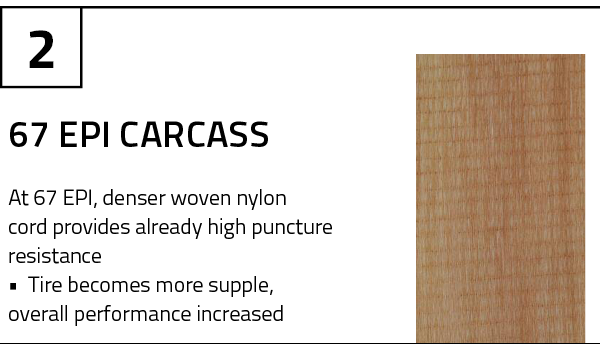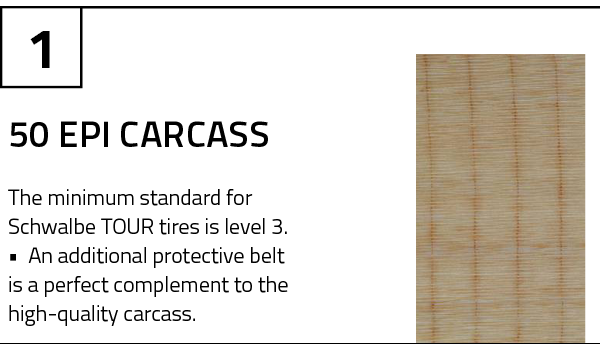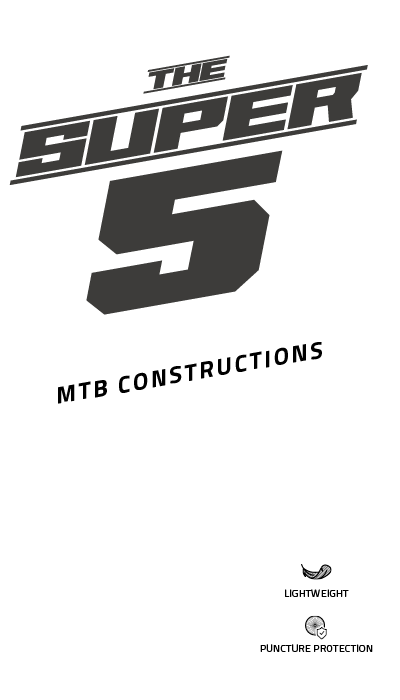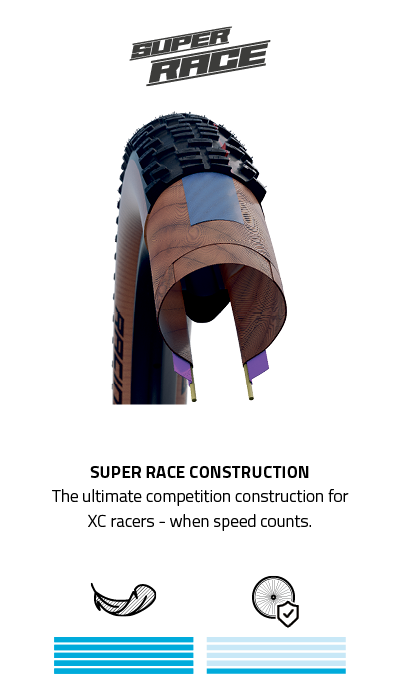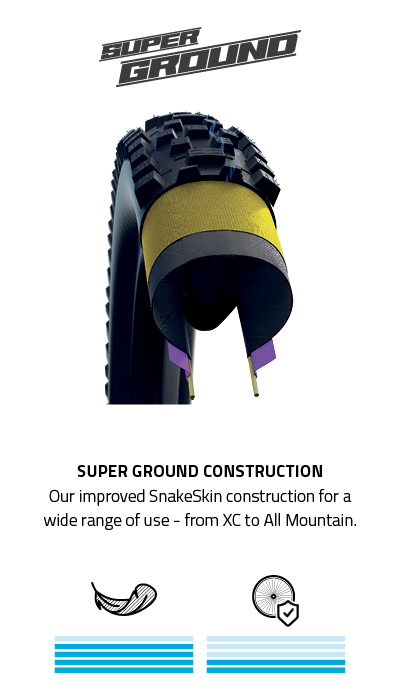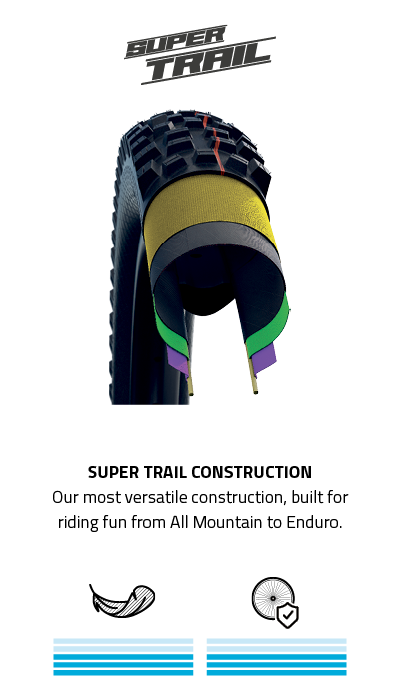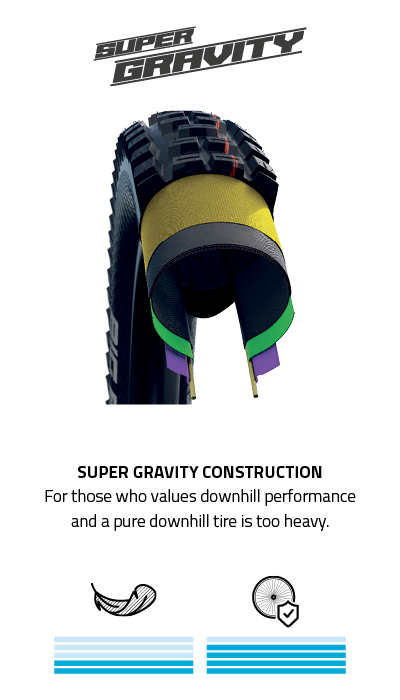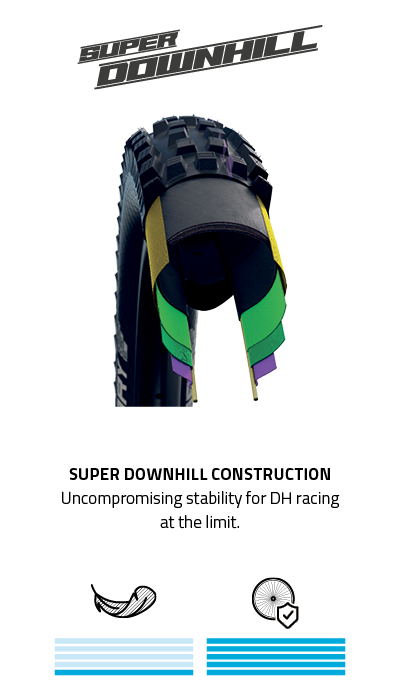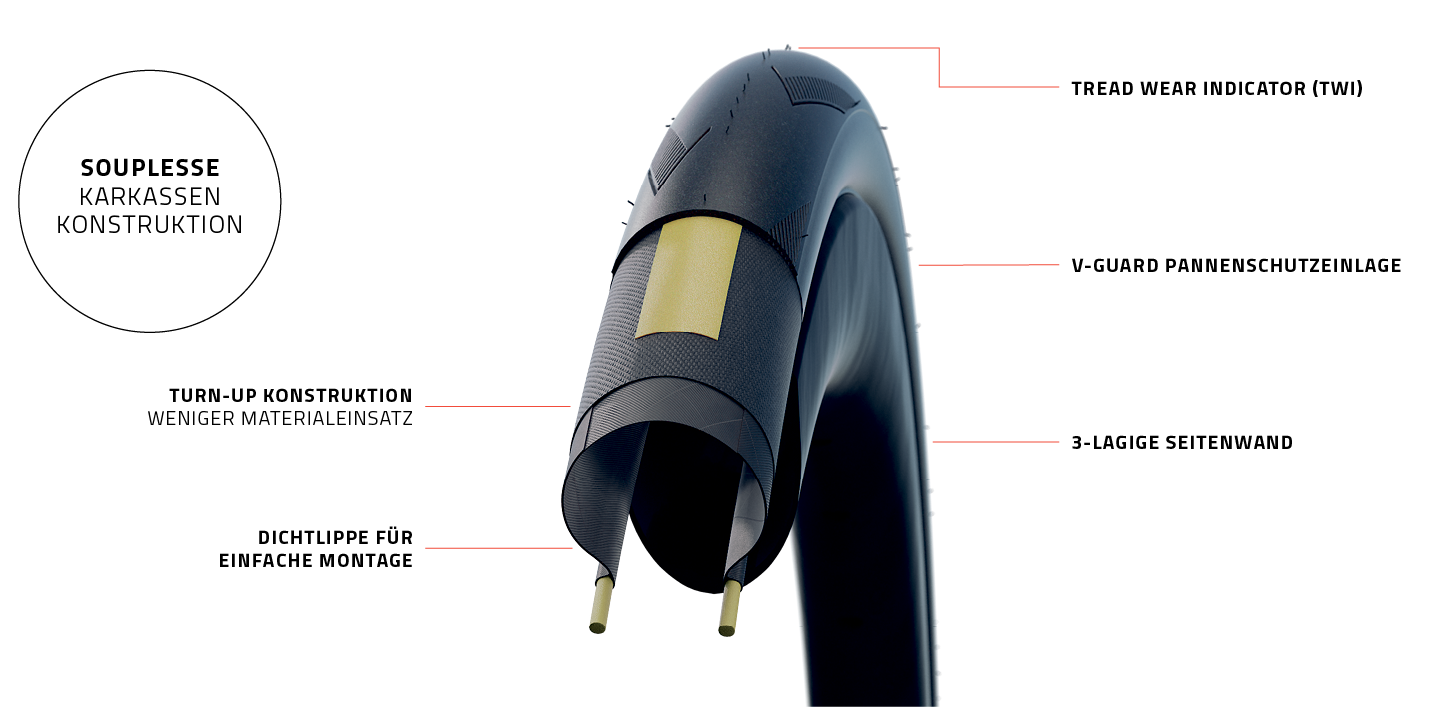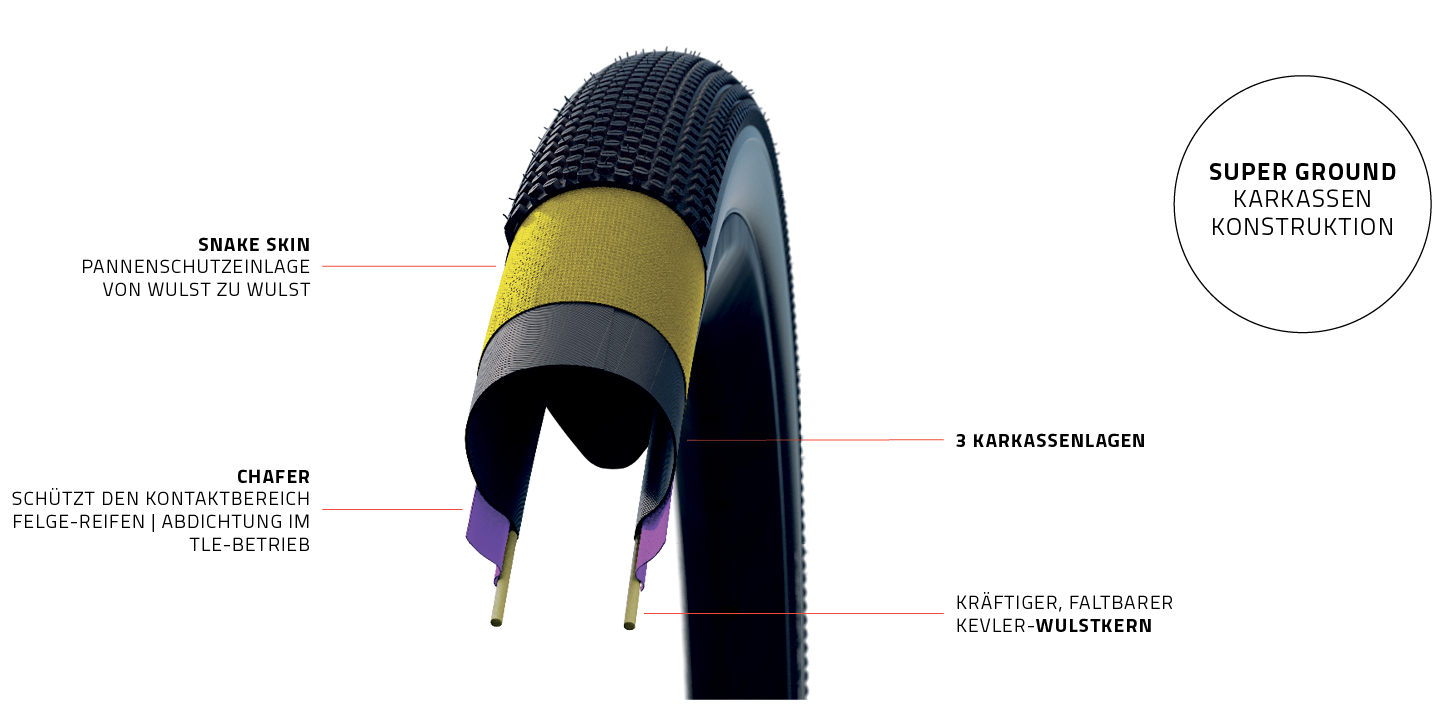Puncture Protection
HOW DO YOU PROTECT YOURSELF AGAINST PUNCTURES?
The best and most important protection against punctures is a high-quality bicycle tire with a good puncture protection belt. But there are other factors that reduce the risk of punctures:
- Make sure you have the right air pressure. If the pressure is too low, the risk of punctures is significantly higher. Check and correct the air pressure at least once a month with a pressure gauge.
- Checking tires: It is helpful to regularly check the tires for foreign objects and remove them. Replace worn tires in time.
- The best protective belt in the tire is useless if the "internal safety" is not guaranteed. Also attach importance to reliable quality in the bicycle tube.
- The rim tape is also important. It protects the tube from mechanical damage caused by spoke heads, metal burrs and holes in the rim. All spoke holes must be completely and securely covered by a suitable rim tape.
- Puncture protection tapes are inserted between the tire and inner tube during assembly. They protect against punctures, but they are also not unproblematic because they are positioned between the tube and tire, and can cause abrasion defects in the tube as the protection layer can move around during use. Therefore, we do not offer separate protective tapes. It is better if the protective belt is incorporated into the tire.
- In certain situations, the use of puncture protection fluid can be useful. See also item "What to consider with puncture protection fluid?"
WHICH IS THE MOST PUNCTURE PROTECTED BICYCLE TIRE?
The safest bicycle tires for most uses are our "unplattbar" (Flat-Less) tires. For example, the SmartGuard inserts are made of highly elastic special rubber that is about 5 mm thick and extremely resistant to penetration from sharp objects. The decisive advantage of this technology comes in the case of embedded objects that are repeatedly rolled over and thus steadily bore through any protective belt. This is where the SmartGuard plays out the advantage of its thickness. An embedded thumbtack, for example, simply remains stuck in the rubber without causing any further damage.
This simple operating principle is also superior to high-tech protective belts made of aramid or Vectran. However, these aramid and Vectran do have their own advantages. With them you can give even very lightweight tires a very good level of puncture protection. The fibers themselves are very cut resistant as they are very densely woven using a special technique. This type of protection is provided by our V-Guard protection layer.
WHAT TO LOOK FOR IN PUNCTURE PROTECTION FLUIDS?
Basically, you can distinguish between two different types of puncture protection fluids. The first type works purely mechanically. The fluid contains small fibers or particles that plug the hole. Advantage: Such fluids are effective virtually indefinitely. Disadvantage: The hole is not really repaired but only clogged and can open again, e.g. during the next re-inflating. The second type of fluid is based on latex. The latex fluid solidifies in the hole and thus repairs it permanently. Unfortunately, these fluids are only effective for a limited time in the tube or tire before they harden and dry out. Our Doc Blue Professional is also latex based and is effective for approximately 2-7 months or about 2,000 km as a preventative protection in the tire. Additional particles in the liquid ensure that even larger holes are sealed quickly. These particles in the fluid are also the reason that the valve core must be removed for filling. Fluids that can also be added when the valve core is in place are usually extremely thin and can therefore also only seal very small holes.
The following applies to all puncture protection fluids: The fluid can only seal the hole when the wheel rotates. The handling and installation can require some practice and adds to any maintenance regime. A good, puncture protected tire is therefore the better and easier solution for most people who want low maintenance protection against punctures.
We recommend Doc Blue Professional mainly for tubeless systems, where it can help to seal up punctures that might otherwise be difficult to repair. Furthermore, Doc Blue is suitable to make particularly light tires more puncture protected during use in competition. It is also useful as additional protection for tours in very thorny areas. As a puncture repair helper for the road, you can repair small punctures with Doc Blue without dismantling the tube and tire by adding the Doc Blue sealant directly into the tube (provided the tube has a removable valve core) and re-inflating. However, larger damage such as cuts or snake bites cannot be repaired with latex fluid.
WHAT PUNCTURE PROTECTION SYSTEMS DOES SCHWALBE OFFER?
TECHNOLOGICALLY, SCHWALBE HAS BEEN SETTING THE BENCHMARKS FOR PUNCTURE PROTECTION ON BICYCLES FOR MANY YEARS. Two examples: Only Schwalbe has the touring and city tires that can call themselves "unflattable" (Flat-less) (Protection Level 7). For mountain bikes, tubeless has become the standard for performance-oriented use thanks to Schwalbe's Tubeless Easy technology, fabric protection layers - and, together with sealing fluid, optimal puncture protection (Protection Level 6). Each segment, whether touring, MTB or road bike and gravel, has different requirements for safety and performance. Therefore, the designs and puncture protection systems of tires in these categories sometimes differ significantly from each other. Here we show which puncture protection belts and constructions there are for the respective categories.
WHAT COULD ALSO INTEREST YOU
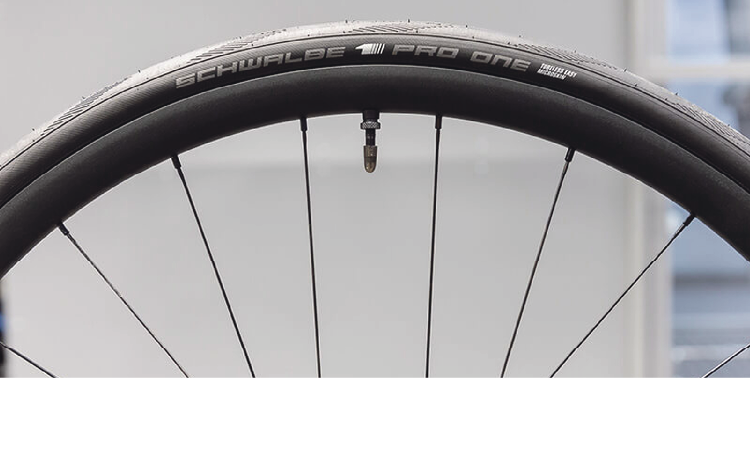
TUBELESS ADVANTAGES
Tubeless tires offer clear advantages in speed, comfort, grip and puncture resistance. Unnecessary friction between tire and tube is avoided. As a result, rolling resistance is significantly lower than with folding tires or tubular tires. Tubeless can be run at a lower air pressure without sacrificing performance. This brings advantages in comfort but also more control in critical situations and on bad roads. At the same time, tubeless systems offer high puncture resistance.
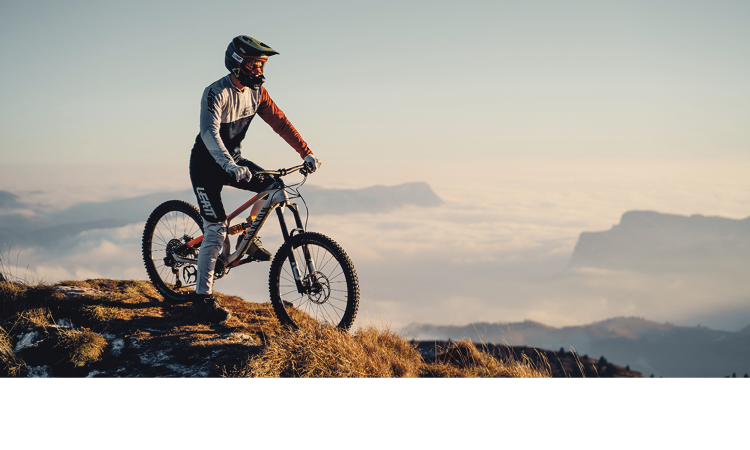
WHEN IS A TIRE WORN?
The tread of a bicycle tire is far less important than that of a car tire, for example. Therefore, the tire can still be used without any problems even with a worn tread (exception: MTB tires). The tire is worn out and must be replaced when the puncture protection insert or carcass threads become visible on the tread. Since the resistance to punctures is also influenced by the thickness of the tread, it may be advisable to replace the tire beforehand.

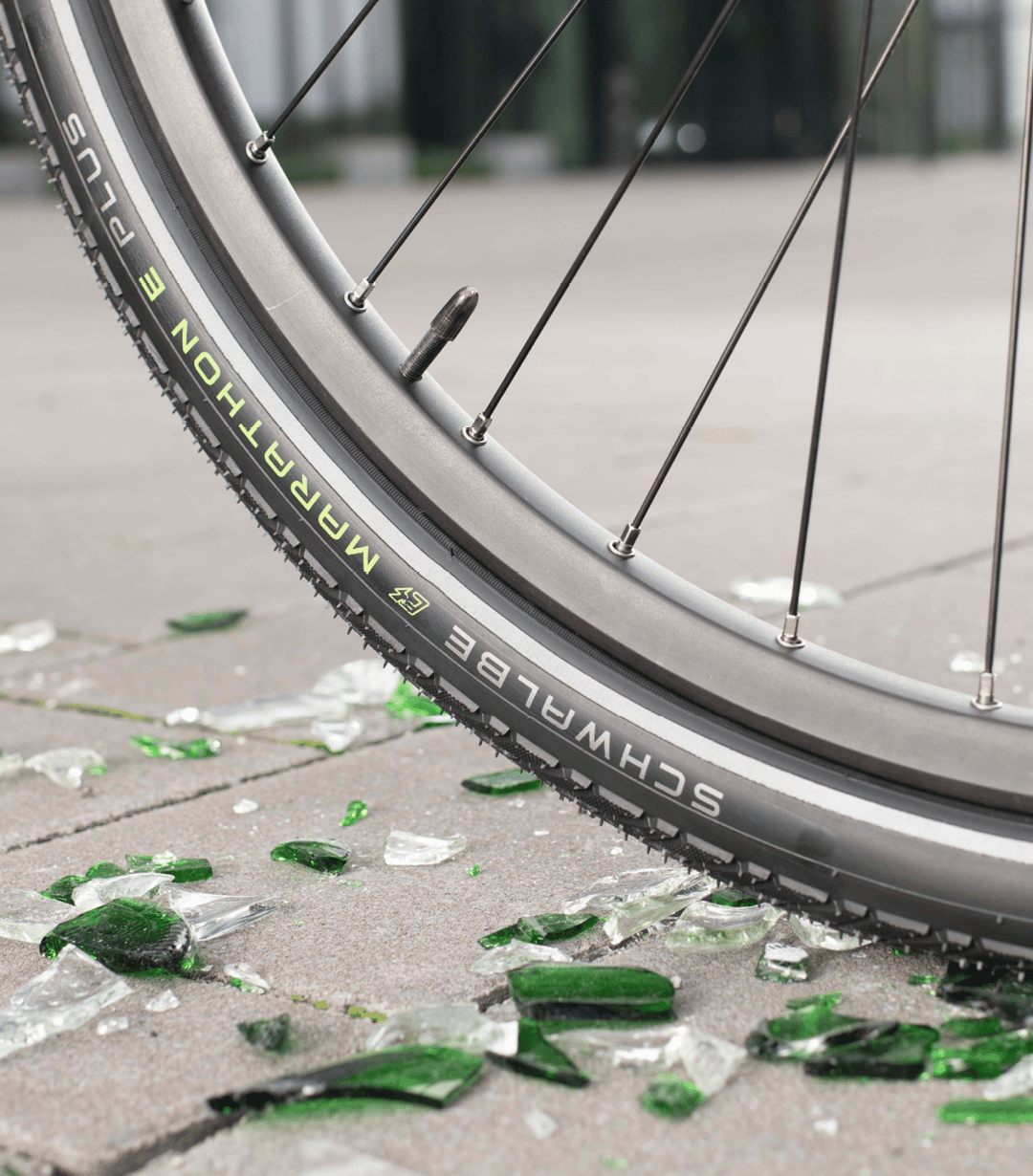
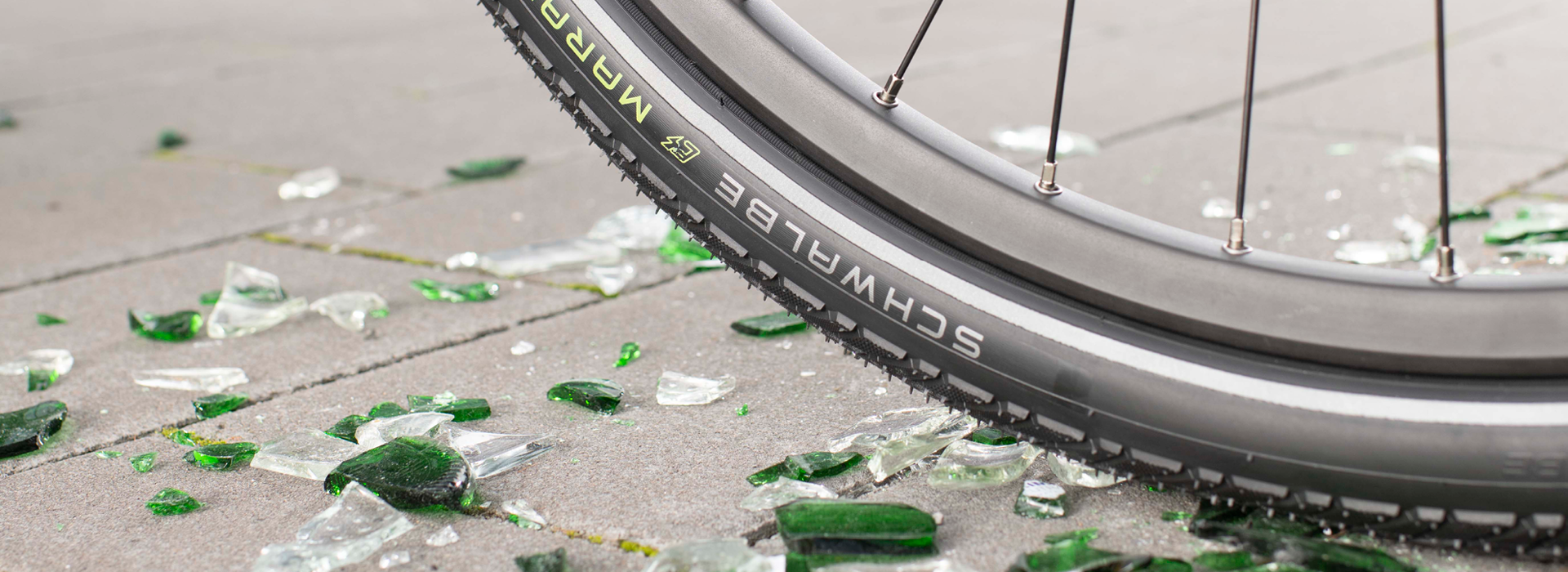

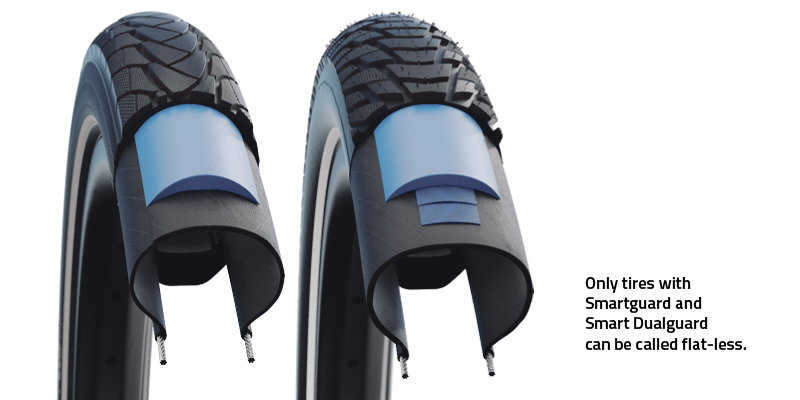
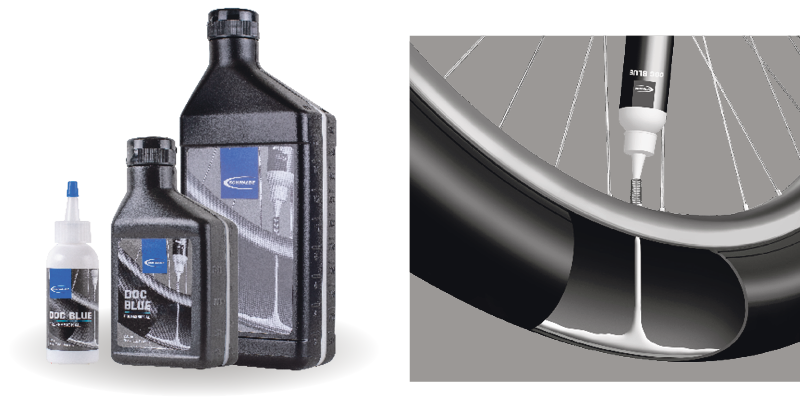
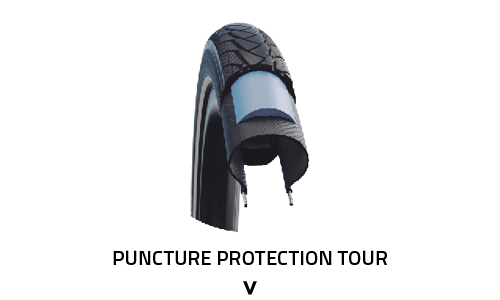
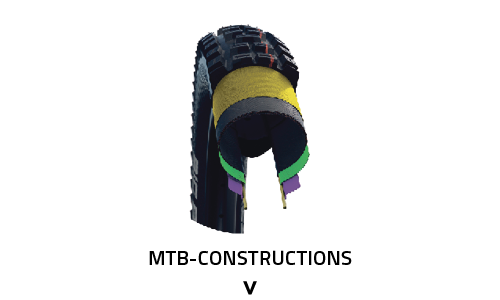
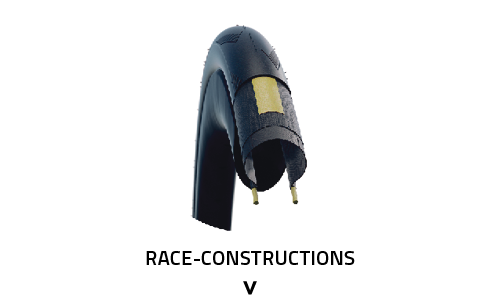
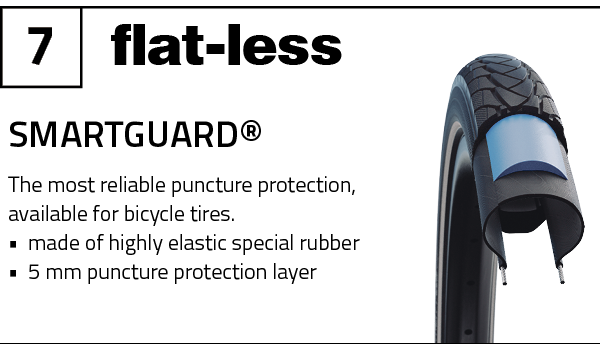
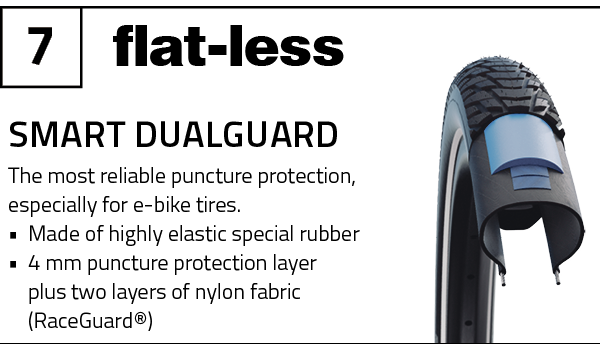
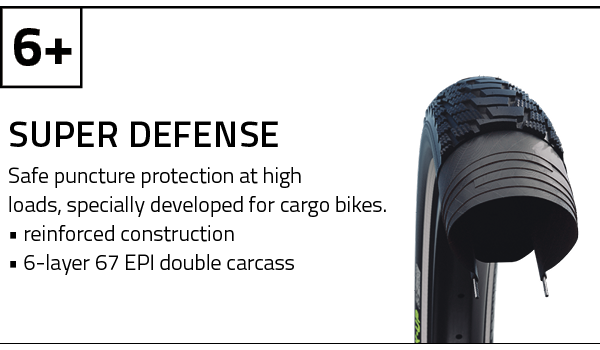
.png)
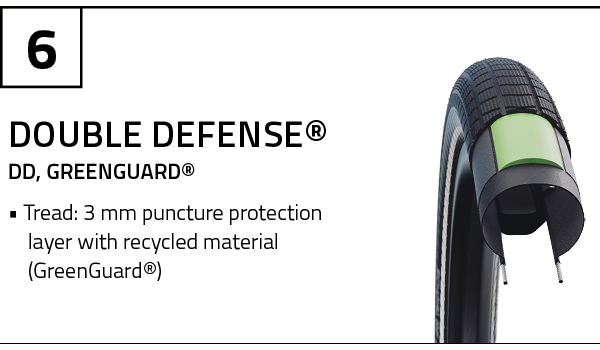
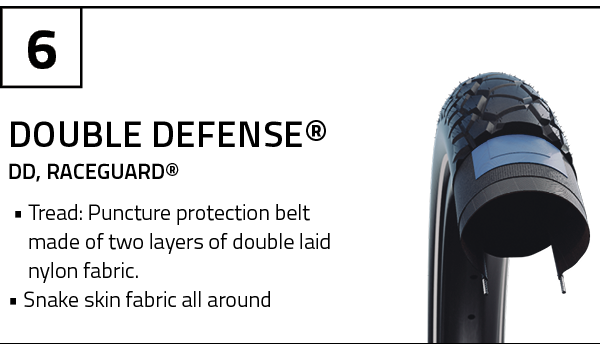
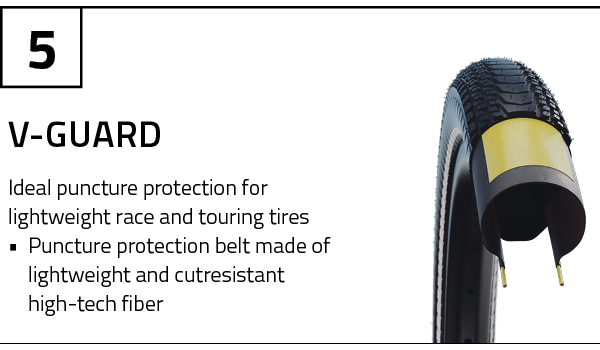
.png)
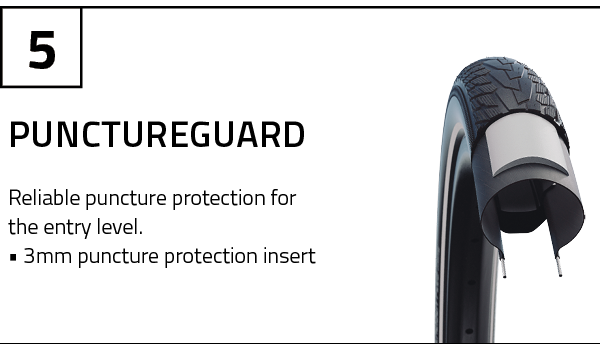
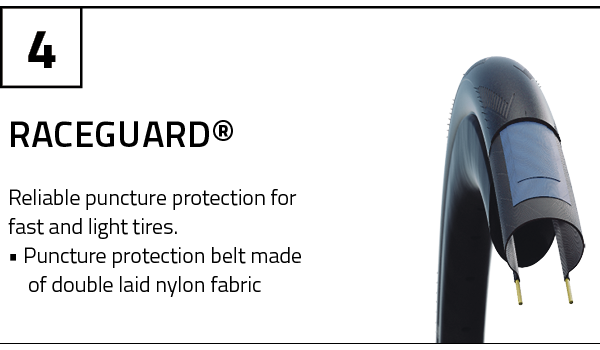
.png)
